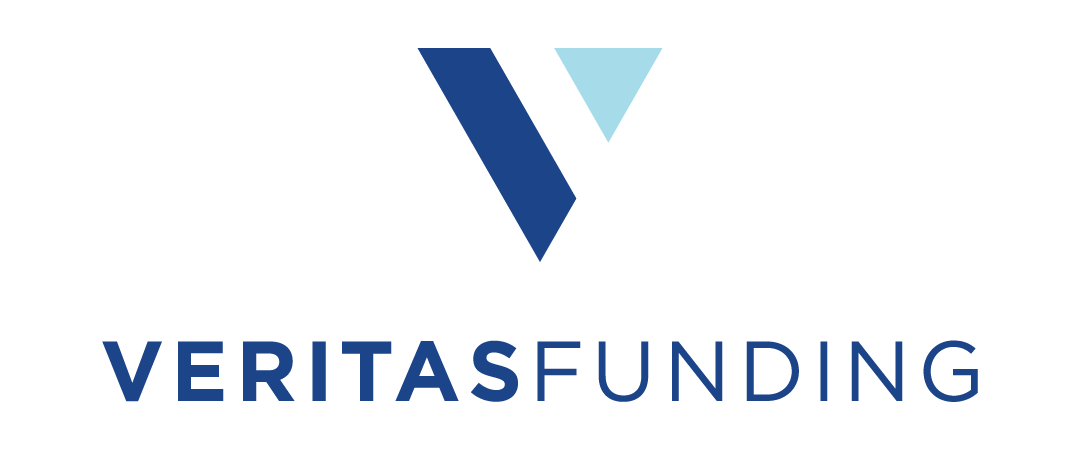
How to Save Money on Your Monthly Mortgage Payment
Are you looking for ways to save money on your monthly mortgage payment? If so, you're not alone. A lot of people are struggling to make ends meet these days, and paying a large mortgage bill every month can be difficult.
Luckily, there are a few things that you can do to reduce your payments. In this article, we will discuss three of the best options that you have!
Option No. 1 - Get a Lower Interest Rate
There are multiple methods to getting a lower interest rate, primarily refinancing, paying discount points, or unique loan types like an Adjustable Rate Mortgage (ARMs). But no matter the method the principle is simple. A lower interest rate means lower monthly payments and significant savings over the life of your loan.
Refinancing
If you have good credit, one of the best things that you can do is to refinance your mortgage at a lower interest rate. This will save you money every single month, and over the long run, it can really add up!
When you refinance your mortgage you are essentially creating a new loan with new terms. This means that you will have to qualify for the loan all over again.
If you have good credit and solid employment history, this should not be a problem. The lower interest rate will save you a significant amount of money every month, so it is definitely worth considering.
Cutting down your interest rate is definitely one of the top reasons to refinance. However, there are other refinancing bonuses to consider other than lowering your interest rate, like consolidating debt.
If you're currently paying off a mortgage with an interest rate that's below the current market average, it probably doesn't make sense to refinance. However, you might be able to take out some of your home's equity to pay off other debts.
For example, if you have a car loan or credit card debt with a high interest rate, you can utilize a cash-out refinance to pay off those other debts. Your mortgage interest rates might increase, but it could be well worth it if it means eliminating other debts.
Paying Discount Points
When you get a new home loan, you have the option of paying down your interest rate via "Discount Points". One discount point is equal to one percent of your loan amount. So, on a $250,000 mortgage, one discount point would cost you $2,500.
Discount points are paid upfront at closing and they lower the interest rate on your mortgage. The more points that you pay, the lower your interest rate will be.
While most opt to pay down their own discount points, you do also have the option to ask the home seller to pay them on your behalf during the home sale process via seller concessions. Veritas Funding offers programs like the 2/1 and 1/0 buydown that also allow the seller to buy down the points temporarily.
With these programs, you lock your interest rate, but for the first year or two of your loan, it is cut by one or two percent. For the 2/1 buydown specifically, your rate is cut by two percent for the first 12 months of your loan, one percent for months 13-24, and in the third year of your loan, you pay the full interest rate you originally locked at.
Adjustable Rate Mortgage (ARMs)
An ARM loan is another great option for those seeking lower monthly payments. An ARM loan is a mortgage where the interest rate changes (adjusts) periodically, usually in relation to an index.
The most common ARM loans are 30-year terms, but there are also ARMs available with terms of 20 or 15 years. The initial interest rate on an ARM is usually lower than the interest rate on a fixed-rate mortgage, at least for a period of time.
The advantage of an ARM is that it gives you the potential to qualify for a larger loan than you could with a fixed-rate mortgage. This can be helpful if you're trying to keep your monthly payments low but want to buy a more expensive home.
The downside of an ARM is that your interest rate (and therefore your monthly payments) could go up in the future if market rates rise.
If you're considering an ARM, it's important to understand how the interest rate is calculated and what factors could cause it to increase. You should also be aware of any caps on how much your interest rate can increase.
Veritas currently offers multiple ARM options depending on a borrower's eligibility. These include:
Conventional ARMs
3/1 - 5/1 - 7/1 - 10/1 ARMs
A 5/1 FHA Loan ARM option
A 5/1 VA Loan ARM option
A 5/6 mo. - Chase Jumbo Loan ARM option
A ⅚ mo. and 7/6 mo. Interest-only ARM option through Northpointe Bank
Option No. 2 - Get an Interest-Only Home Loan
If you're looking for a way to reduce your payments, another option that you have is to get an interest-only home loan. These types of loans are becoming increasingly popular, and with good reason.
They allow you to make lower payments for a set period of time, and then you can either refinance or start paying towards your principal. In the 11th year, your payment will include principal and interest, so you can expect a higher amount.
Veritas Funding's new 30 and 40-year fixed rate interest-only home loans provide a low interest-only mortgage payment for the first ten years of the loan.
For example, your monthly payment for a $300,000 loan with a 6% interest rate (6.28% APR) would cost around $1,500 per month during the first 10 years. However, starting the 11th year, that payment jumps to around $2150.00 per month until the end of the loan. That is a 43.3% increase in your monthly mortgage payment.
What are the advantages and disadvantages of an Interest-only home loan?
The biggest advantage of an interest-only loan is a low mortgage payment each month during the initial years of the loan. This can free up money every month so that you can put it towards other things, like savings or investments.
You would also be able to deduct 100% of your interest-only payments for loans up to $750,000.
The downside is that you will eventually have to start making principal payments, and your monthly amount will go up significantly. Additionally, if you don't have a plan to refinance or sell your home before the interest-only period ends, you could find yourself in trouble.
Option No. 3 - Put Down a Larger Down Payment
If you have the cash on hand, another great way to reduce your monthly mortgage payment is to put down a larger down payment. The more money that you put down upfront, the less you will have to pay each month. This is a great option if you are planning on staying in your home for the long haul.
What is a down payment?
A down payment is the amount of money that you put towards the purchase of your home. The larger your down payment, the less money you will have to borrow from the bank or lender. That means a lower monthly mortgage payment and less interest due over the life of your loan!
Am I Eligible for Down Payment Assistance?
If you are trying to come up with a larger down payment there are multiple options available. While many apply exclusively to first-time home buyers, others are more exclusive like the IHFA Heroes Loan Program which offers down payment and closing cost assistance to Idaho's healthcare professionals, firefighters, law enforcement officers, and more.
There are many programs available specifically to first-time homebuyers that can help you come up with the money for your down payment.
Some of these programs are provided by:
You can find a more complete list of down payment assistance programs and some great tips for first-time homebuyers here.
Save Money on Your Monthly Mortgage Payment
These are three of the best ways that you can save money on your mortgage each month. Be sure to take advantage of one or all of these options if you are looking to reduce your payments and save some money!
If you have any questions or are interested in a refinance or new home loan to cut your monthly mortgage payment down, please feel free to contact us with the form below or use our digital assistant Lydia to get in touch with our team.
Get In Touch If you're interested in improving your life through homeownership, please provide your contact information below and a Loan Officer will be in contact. |
|
|

